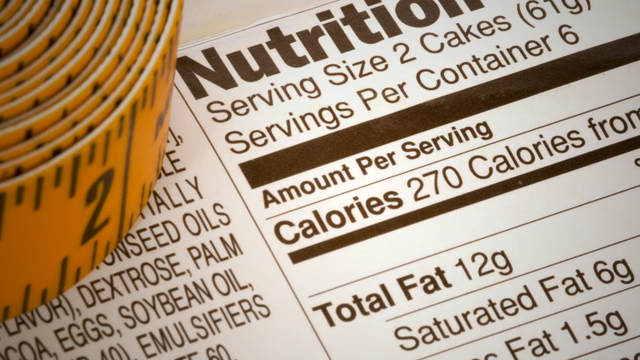
Firstly, flexible dieting is not a diet – it is an approach to nutrition. It involves meeting daily targets of macronutrients (protein, carbohydrate and fat) that have been calculated specifically for you in order to reach a specific body composition goal. The focus is on reaching these targets as the driver of your results, with food selection left up to you. With this being said, at least 80% of the foods you eat on a daily basis should be composed of nutritious whole foods, while 20% can be used for more processed foods. This creates enjoyment and sustainability with your diet which in turn improves long term adherence and results.
WHAT IT INCLUDES |
WHAT IT ELIMINATES |
|
|
|
|
|
|
|
|
|
|
|
THE BASICS
Flexible dieting is essentially a form of calorie counting and is dependent on your energy balance. To put it simply:
- To lose fat you must consume less calories than you burn (calorie deficit)
- To remain the same weight your calories in and calories out should remain the same
- To gain weight you must consume more calories than you burn (calorie surplus)
Rather than typical calorie counting (e.g. eating 2000 calories per day), flexible dieters track macronutrients. The three main macronutrients – protein, fat, and carbohydrate, all have a caloric value per gram:
- Protein = 4 calories per gram
- Carbohydrate = 4 calories per gram
- Fat = 9 calories per gram
Everything we eat and drink contains macronutrients – which add up to give the total caloric value of the food. For example:
100g fresh banana
Protein: 1.1g
Carbohydrate: 20.5g
Fat: 0.3g
Therefore, total calories = 89 (1.1×4 + 20.5×4 + 0.3×9)
Counting macronutrients is superior to counting just calories because it allows you to focus on improving body composition (building muscle or losing fat), not simply dropping or gaining weight. In order to do this, you need to:
- Ensure you get enough protein every day to retain/build muscle.
- Ensure you eat enough carbohydrates, which provide you with energy and the ability to maintain training intensity.
- Ensure you eat enough healthy fats, which are vital for hormone synthesis.
Therefore, a flexible dieter eating 2000 calories per day may break this up into 150g protein, 67g fat and 200g carbohydrates). Click HERE to calculate your own personal macros.
HOW TO FOLLOW FLEXIBLE DIETING PRINCIPLES PROPERLY
Food selection
Flexible dieting follows the belief that there are no specific weight loss foods and allows you the flexibility to select foods at your own discretion depending on your preference while remaining accountable to your health and fitness goals. However, we must remember that food is more than a just a source of protein, carbohydrate, and fat – it is also our provider of vital micronutrients (vitamins and minerals) that support the many physiological functions of our bodies. A healthy body is always going to perform more effectively and efficiently than one which uses processed foods as a fuel source – not to mention that you will be more satisfied by foods that are nutrient dense, such as fruits & vegetables. Therefore, you should aim to get at least 80% of your daily calories from whole, micronutrient-dense foods that you actually enjoy. I would also recommend the following guidelines as a minimum:
- 1-2 serves of fruit per day.
- 3 serves of vegetables per day.
- 25g fibre per day.
The fun part is that as long as the vast majority of your daily calories come from these healthy foods containing essential micronutrients, you can add less nutritious foods as you desire. For example, if you love chocolate, plan a small amount into your macro allowance for the day. If you have been craving some pizza for a couple of days now, make room for a slice or two, depending on your daily calories. Personally, I like to get about 80-90% of my daily calories from nutrient-dense foods, but I will often include some dessert every day like chocolate or ice cream.
THE RESULTS?
Experience has shown that restrictive diets which significantly reduce calories and eliminate food groups are not sustainable and lead to binge eating, cheating, and yo-yo dieting. This in turn creates feelings of guilt, generates self-punishment and negative emotions, resulting in a very unhealthy relationship with food and body image. Life is about balance and enjoyment, therefore, eating a sustainable diet is more likely to lead to success.
Personally, I feel flexible dieting has completely revolutionised what and how I eat. I have the ability to eat with family and friends, satisfy any cravings I experience and ensure I have a healthy relationship with food, all while still achieving my desired results. It is time to stop searching for a short-term fix and instead focus on a solution that can be seamlessly incorporated into your lifestyle for the long-term.
Want to learn more about this approach to nutrition? I have written an everything-you-need-to-know eBook about flexible dieting to GUARANTEE your dieting success. Click HERE to get started with the last diet you will EVER need.
